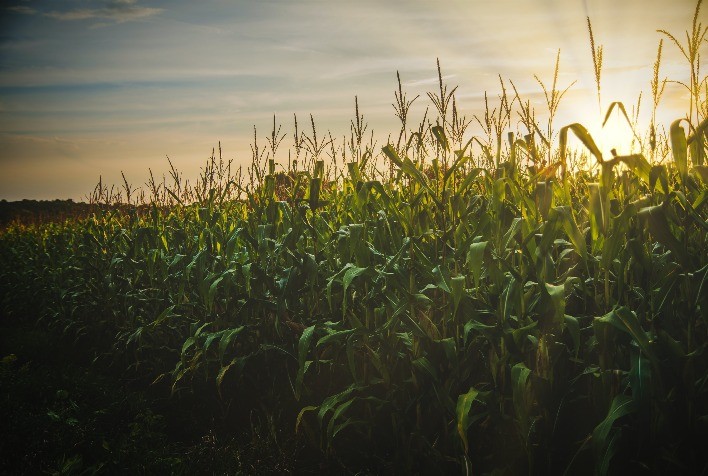How planning and proper management can minimize the impacts of climate variations on crops
Constant climate variations have transformed the routine of many agricultural producers, making consulting weather maps an essential daily practice. Although it is not possible to control the weather, farmers have found ways to minimize its impacts, focusing on the efficiency of the work carried out on their properties.
Some producers have stood out by achieving high levels of productivity, even in the face of adverse weather conditions. In corn cultivation, for example, the national average is 95 bags per hectare, according to data from Conab. However, producers such as Cristian Marques Dalbenb, from Nova Ubiratã, Mato Grosso, significantly exceeded this value, reaching 247.88 bags per hectare in the dryland category during the Getap Winter Forum of 2022. In 2023, Adalberto Ceretta, from Campos de Júlio/MT, harvested 237.6 bags per hectare.
In Rio Grande do Sul, Tiago Libretollo Rubert harvested 330.4 bags per hectare (irrigated corn) during Getap Milho Verão 2023. Diego Fachini Mazzur, from Paraná, also stood out with 303.37 bags per hectare (rainfed). More recently, in 2024, Ronei Gaviraghi, from Mangueirinha/PR, harvested 270 bags per hectare (rainfed), while Cláudio Castro Cunha, from Perdizes/MG, achieved 258.2 bags per hectare (irrigated). The common factor among these high-productivity producers is efficient crop management.
Gustavo Capanema, Getap Technical Coordinator, highlights that these farmers are exemplary in implementing recommended practices. “Even in challenging years with adverse weather conditions, good management can generate positive results and reduce climate impacts. The old saying that the forewarned producer produces more and loses less is true,” says Capanema.
Critical Points of Attention
Although the weather is beyond the control of producers, adequate tools, technologies and good management can minimize losses. Capanema recommends attention to planning, which should begin before the harvest with the advance purchase of inputs and the inspection of machinery and equipment. Caring for the soil, including checking its chemical, physical and biological conditions, is crucial for adequate adjustments in fertilization. “The use of straw and crop rotation are also recommended practices to improve soil conditions,” he highlights.
During the harvest, it is essential to continue with preventive applications of pesticides against pests and diseases. Having a well-defined action plan aligned with the entire farm team helps to minimize problems and optimize operations.
In addition to the technical aspects, financial management is equally important. Capanema suggests that producers maintain a healthy cash flow to improve negotiating power. “It is essential to focus on margins and not just grain prices, which can be influenced by several market factors,” he explains. With good financial planning, producers can take better advantage of high market prices and purchase inputs under more favorable conditions. “Paying attention to margins is crucial, because with good prices, margins tend to be good,” concludes Capanema.
Source: Portal do Agronegócio

